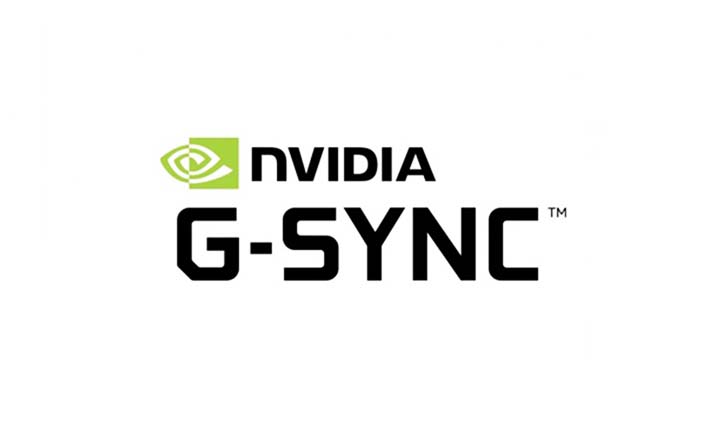What is NVIDIA G-Sync? Monitors and TVs usually have fixed refresh rates, meaning that they would always update the next frame on the dot, no matter what?

A great rule of thumb is that a 60hz monitor refreshes exactly 60 times per second, no matter how slow or how fast a signal is being sent to it by a connected device. This is quite great for watching TV shows and movies, but it can cause issues when you are playing video games.
NVIDIA G-Sync
The GPU, or graphics processing unit, is what your PC makes use of when it wants to turn video game code into graphics. It renders frames and sends them to your screen as fast as it can. GPUs just tend to vary in how often they render a new frame, based on how much stress they’re put under to process everything that is taking place on your screen.
When Framerates from your GPU vary too much, your monitor would display mismatched frames. These would appear in the form of screen tears or artifacts that look like two frames wrestling to display one – Kinda like someone slashed the screen in two.
NVIDIA’s G-Sync monitors now offer up a solution to this problem by building both a monitor and your GPU speak the same language, enabling your G-Sync monitor to fix its framerate to exactly the speed that your GPU sends each new frame, according to NVIDIA.
What is NVIDIA G-Sync?
On a normal note, your gaming PC and your Monitor work on two different sets of rules. If you do not pay enough attention, you might actually think that they are working together. The thing is most time, they only speak to one another at the exact moment your Machine’s GPU sends a new frame directly to your monitor – sometimes it would occur when your monitor’s schedule, often it would not work. In most scenarios, your gaming machine and your display are out of sync, doing their own thing on different schedules.
Nvidia G-Sync is a proprietary solution to this problem. Some monitors now come with some amazing NVIDIA GPU chip right inside them that would recognize the monitor that is attached to an NVIDIA GPU, which allows the monitor and the GPU to work very closely with each other. This feature is not available to all monitors, and you would be required to shell out a premium for a monitor that includes G-Sync capabilities, but the upside is that technology would enable some monitors to reach framerates of about 360hz.
How to Setup Your Nvidia G-Sync
To set up your Nvidia G-Sync Monitor is usually as easy as plugging it right into the USB and DisplayPort on your PC and NVIDIA GPU, respectively, then navigating directly to your NVIDIA Control Panel and activating your G-Sync directly from the related tab.



